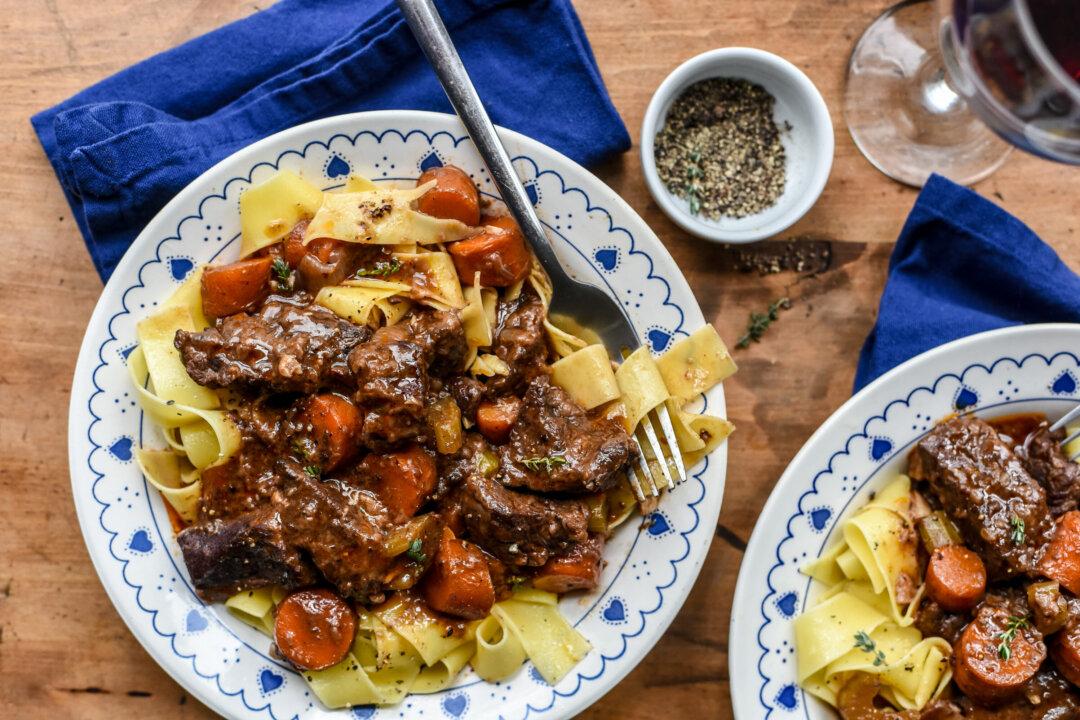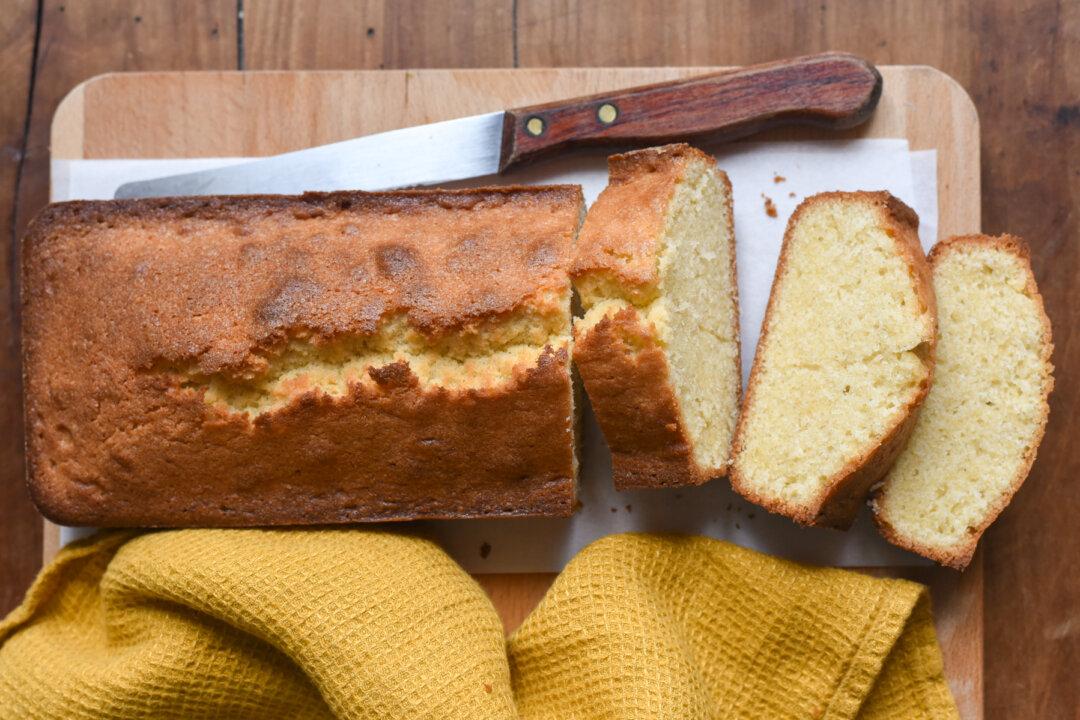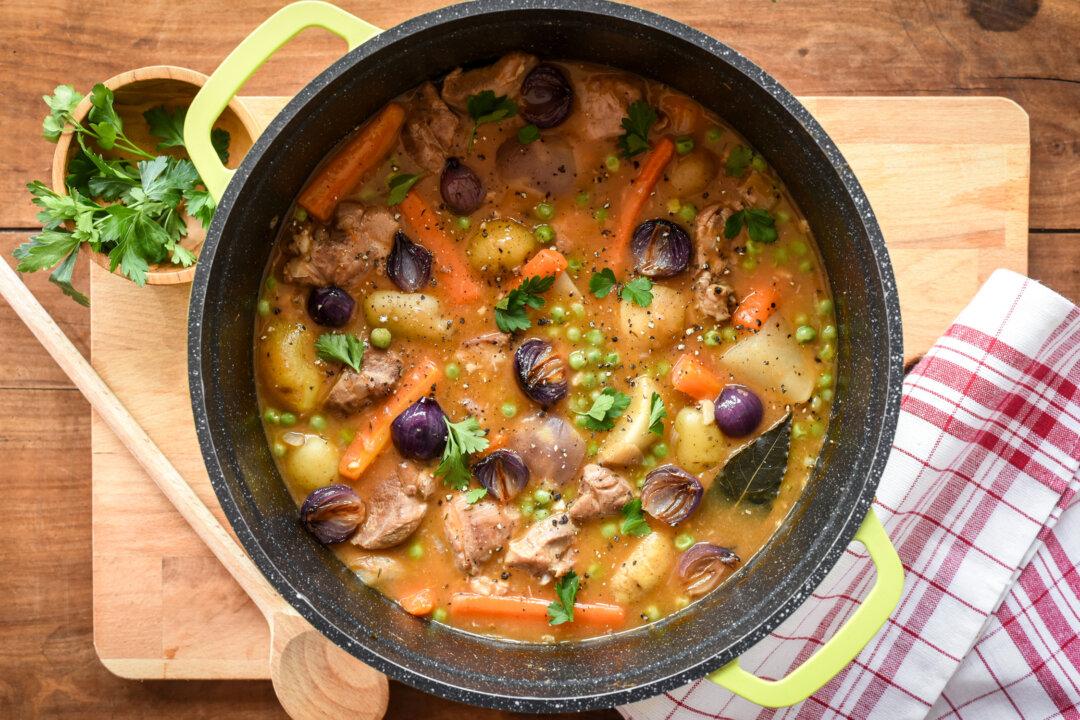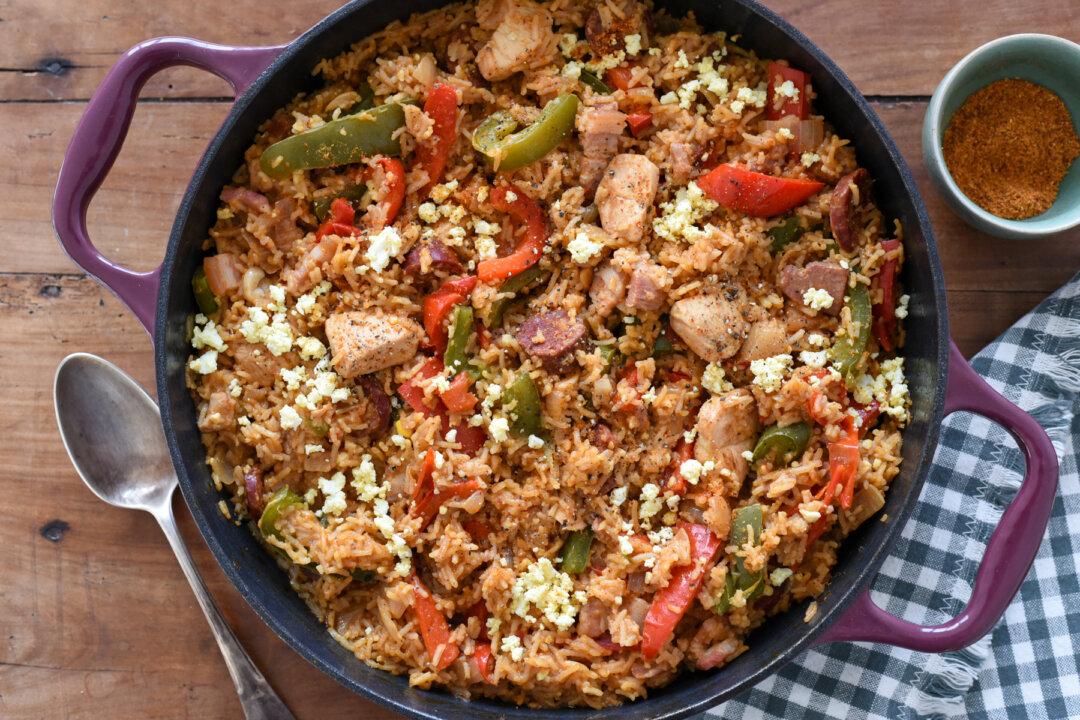Daube Provençale is to Provence what beef Bourguignon is to Burgundy—an absolute classic of the local cuisine, and a guaranteed crowd-pleaser. This big stew of tender beef chunks in a robust sauce of red wine, tomato sauce, and local herbs and fixings is full of Provençal flavor. Ladled over a bed of egg noodles, it’s pure comfort on a chilly evening.
A Tale of 2 Classics
French food lovers may wonder how exactly it compares to beef Bourguignon. In essence, beef Bourguignon is representative of the flavors of the north of France, while daube Provençale showcases the flavors of the south. It also embraces a looser recipe, with many variations accepted.From the Provençal word “adobar,” meaning to cook or to prepare a dish, “daube” was originally a cooking term describing the method of marinating and then cooking meat in a seasoned liquid—in other words, stewing. Over the years, the word “daube” became used in Provence to refer both to the cooking process and to the resulting prepared stews. This likely explains why there isn’t a strict recipe for daube today; rather, the term describes any type of provencal stew made with a wine and tomato sauce base.





